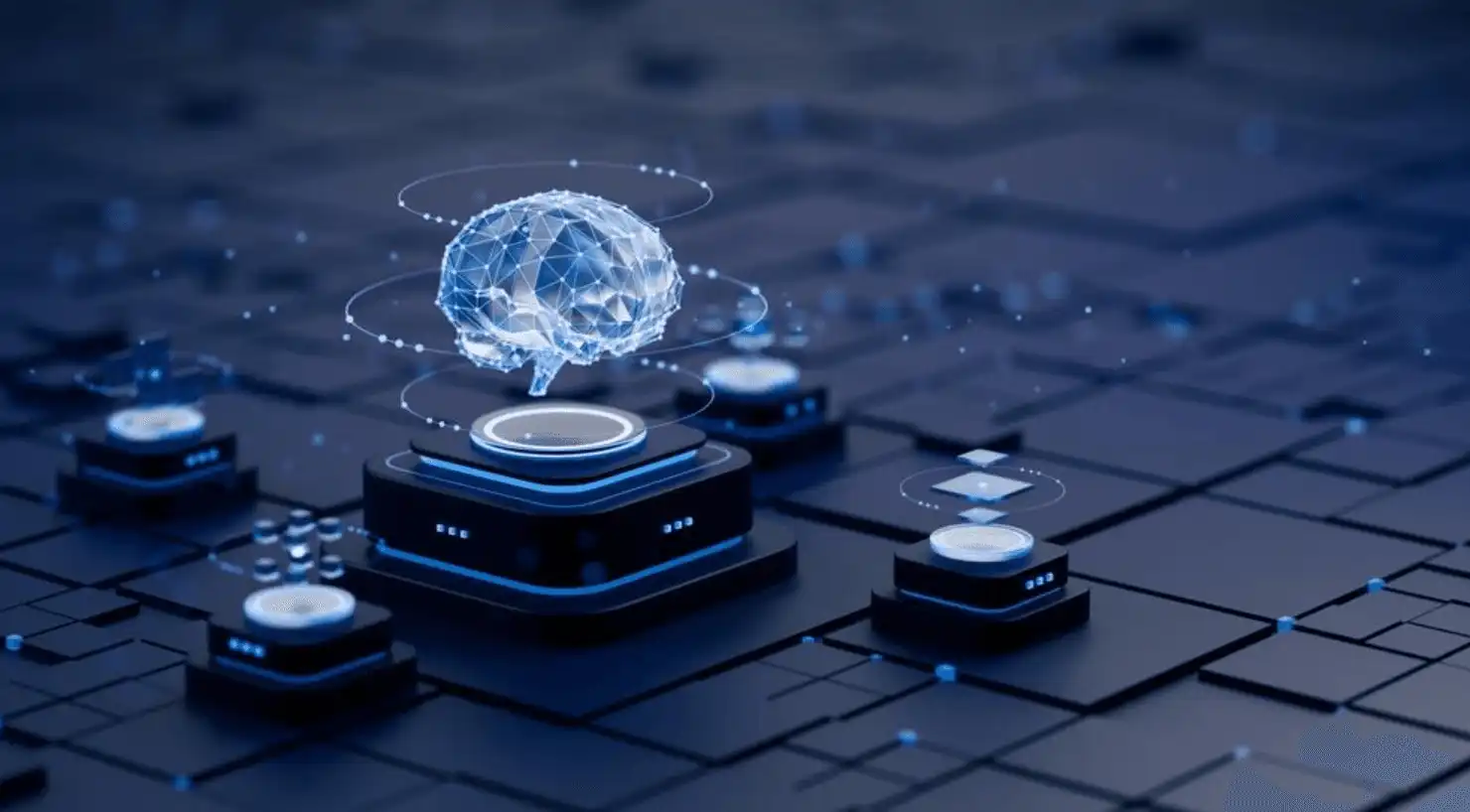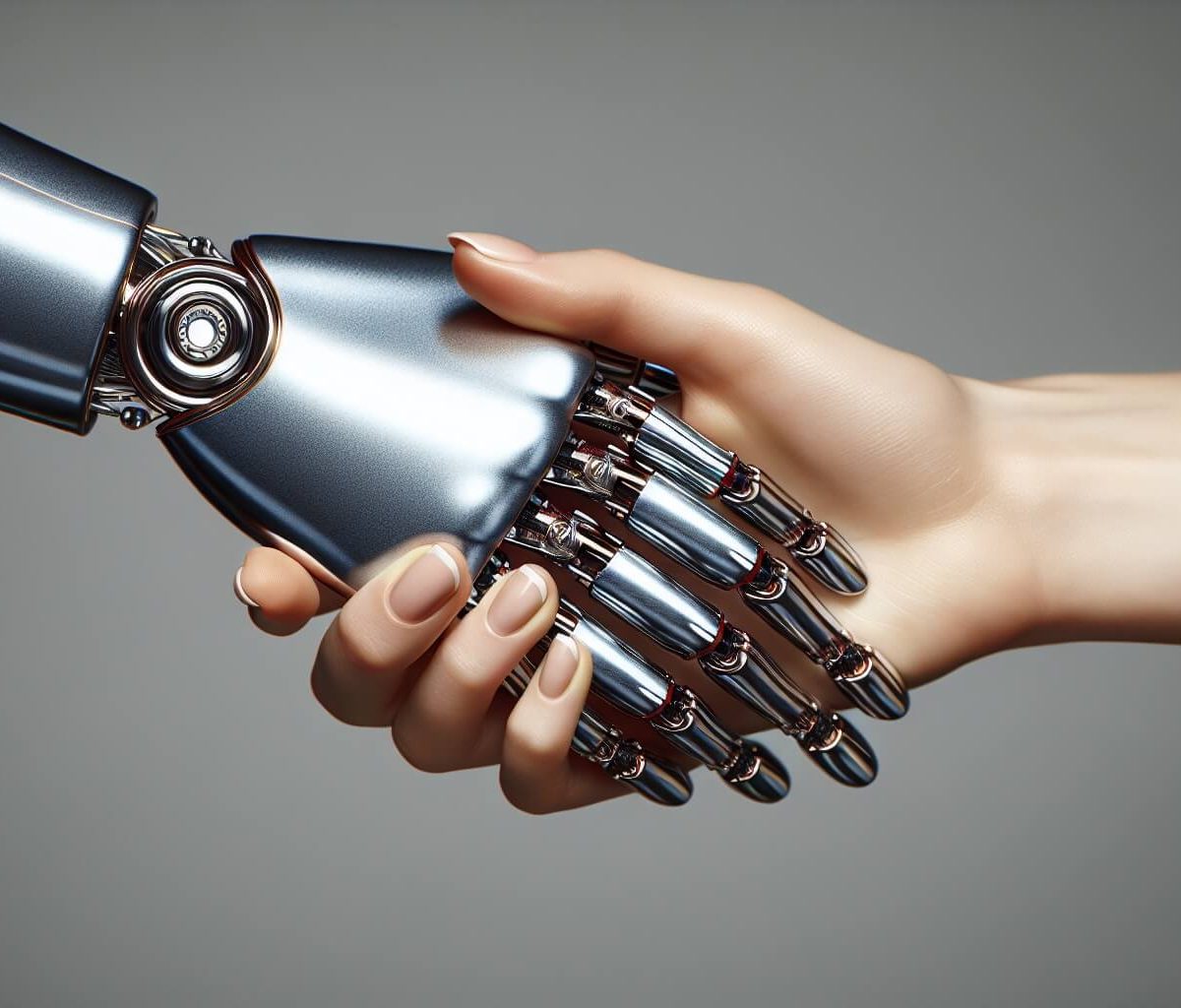Technology has always been a driver of change in human history, from the invention of the wheel to the rise of the internet. But the pace, scale, and impact of innovation in the 21st century is unlike anything humanity has ever experienced. What was once science fiction—artificial intelligence, autonomous vehicles, virtual reality, and quantum computing—is rapidly becoming reality.
Today, technology is not just a tool; it is the backbone of economies, the engine of social transformation, and the foundation of our daily lives. Understanding the trajectory of the tech revolution is essential for businesses, governments, and individuals who want to thrive in this rapidly evolving world.
Artificial Intelligence: The Brain of the Future
Artificial intelligence (AI) is often described as the most transformative technology of our time. At its core, AI refers to machines that can simulate human intelligence—learning, reasoning, and making decisions. From personalized recommendations on streaming platforms to advanced healthcare diagnostics, AI is already embedded in daily life.
For businesses, AI offers unprecedented opportunities. Predictive analytics allows companies to anticipate customer behavior, optimize supply chains, and reduce waste. In finance, algorithms are transforming trading and fraud detection. In manufacturing, AI-powered robotics improve precision and efficiency.
However, AI also presents challenges. Concerns about job displacement, algorithmic bias, and data privacy are pressing issues. Governments and organizations are grappling with how to regulate AI in a way that promotes innovation while safeguarding ethical standards. The debate is not only technical but deeply societal: how much control should machines have over human decisions?

The Internet of Things (IoT): A Connected World
The Internet of Things is another cornerstone of modern tech. IoT refers to the network of physical devices—appliances, cars, machines, wearables—embedded with sensors and connected to the internet. These devices collect and share data, creating smarter homes, cities, and industries.
In urban planning, IoT enables smart cities where traffic, energy use, and public services are optimized through real-time data. In healthcare, wearable devices monitor vital signs and alert doctors to potential health risks. In agriculture, IoT sensors help farmers monitor soil conditions, water usage, and crop health, boosting productivity while conserving resources.
The potential of IoT is enormous, but it also raises security concerns. With billions of devices connected, the risk of cyberattacks grows. Businesses and governments must prioritize cybersecurity to ensure that connectivity does not come at the expense of safety.
5G and the Next Generation of Connectivity
Connectivity is the foundation of the digital revolution, and 5G technology represents the next leap forward. With speeds up to 100 times faster than 4G, lower latency, and greater reliability, 5G enables technologies that were previously impractical.
Autonomous vehicles, for example, require split-second data exchanges between cars and infrastructure—something only 5G can deliver. Similarly, augmented and virtual reality applications benefit from seamless, high-speed connections. For businesses, 5G opens opportunities for real-time collaboration, cloud-based applications, and smarter supply chains.
Countries are racing to build 5G infrastructure, seeing it as a critical element of economic competitiveness. However, the rollout is not without controversy, as geopolitical competition, regulatory hurdles, and health concerns about electromagnetic exposure dominate public debate.
The Rise of Quantum Computing
While still in its early stages, quantum computing promises to revolutionize industries by solving problems beyond the reach of classical computers. Unlike traditional computers, which process information in binary (0s and 1s), quantum computers use qubits, which can exist in multiple states simultaneously. This enables them to perform complex calculations at unprecedented speed.
Potential applications include breakthroughs in pharmaceuticals (by simulating molecular interactions), logistics optimization, climate modeling, and cryptography. Tech giants like IBM, Google, and Microsoft are investing billions in quantum research, alongside startups racing to commercialize the technology.
Although practical, large-scale quantum computers are still years away, their future impact is undeniable. Businesses that prepare for this quantum era will gain a massive competitive advantage.
Cybersecurity: Protecting the Digital Frontier
As technology advances, so do threats. Cybersecurity has become one of the most critical aspects of the tech ecosystem. Data breaches, ransomware attacks, and state-sponsored cyberwarfare pose risks not only to businesses but to national security and individuals.
In recent years, massive breaches at corporations and government agencies have exposed millions of people’s sensitive information. The rise of remote work and cloud computing has expanded the digital attack surface, making cybersecurity a top priority for organizations.
Advanced solutions such as AI-driven threat detection, zero-trust frameworks, and biometric authentication are being deployed to combat cyber threats. However, technology alone cannot solve the problem—human awareness, training, and strong governance are equally essential.
The Ethical and Social Dimensions of Tech
Technology is not just about innovation; it is about values. As new tools reshape societies, ethical and social considerations take center stage.
-
Privacy: With companies and governments collecting vast amounts of data, individuals are increasingly concerned about how their information is used. Striking a balance between convenience and privacy is a defining challenge of our time.
-
Digital Divide: Access to technology remains unequal. While some enjoy cutting-edge innovations, others lack basic internet access. Bridging this divide is essential for inclusive development.
-
Workforce Disruption: Automation and AI threaten to displace millions of jobs. Societies must invest in reskilling and lifelong learning to ensure workers remain relevant in the digital economy.
-
Mental Health: Constant connectivity and social media use are linked to rising anxiety and depression. Managing the psychological impact of technology is as important as managing its technical risks.
The ethical dimension of technology is a reminder that innovation must serve humanity, not the other way around.
The Future of Tech: Trends to Watch
As we look to the future, several trends stand out as defining the next phase of technological evolution:
-
Augmented and Virtual Reality (AR/VR): Transforming education, entertainment, and business collaboration through immersive experiences.
-
Edge Computing: Bringing computation closer to where data is generated, reducing latency and improving efficiency.
-
Green Tech: Innovations aimed at combating climate change, from carbon capture technologies to renewable energy systems.
-
Biotechnology: The fusion of tech and biology, enabling personalized medicine, genetic editing, and advanced diagnostics.
-
Human-Machine Collaboration: Instead of replacing humans, technology will increasingly augment human abilities, creating new ways of working and interacting.

Conclusion: Shaping Tomorrow’s World
The tech revolution of the 21st century is more than a wave of gadgets—it is a profound transformation of how we live, work, and think. From AI and IoT to quantum computing and 5G, the innovations emerging today will shape the economic and social structures of tomorrow.
Yet, technology is not destiny. The choices businesses, governments, and individuals make will determine whether these tools are harnessed for inclusion, sustainability, and progress—or whether they exacerbate inequality, insecurity, and division.
Ultimately, the story of technology is the story of humanity itself: our creativity, our ambition, and our responsibility. By aligning innovation with ethics, resilience, and human values, we can ensure that technology continues to be a force for good in shaping a brighter future.

